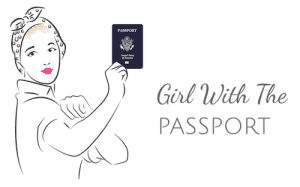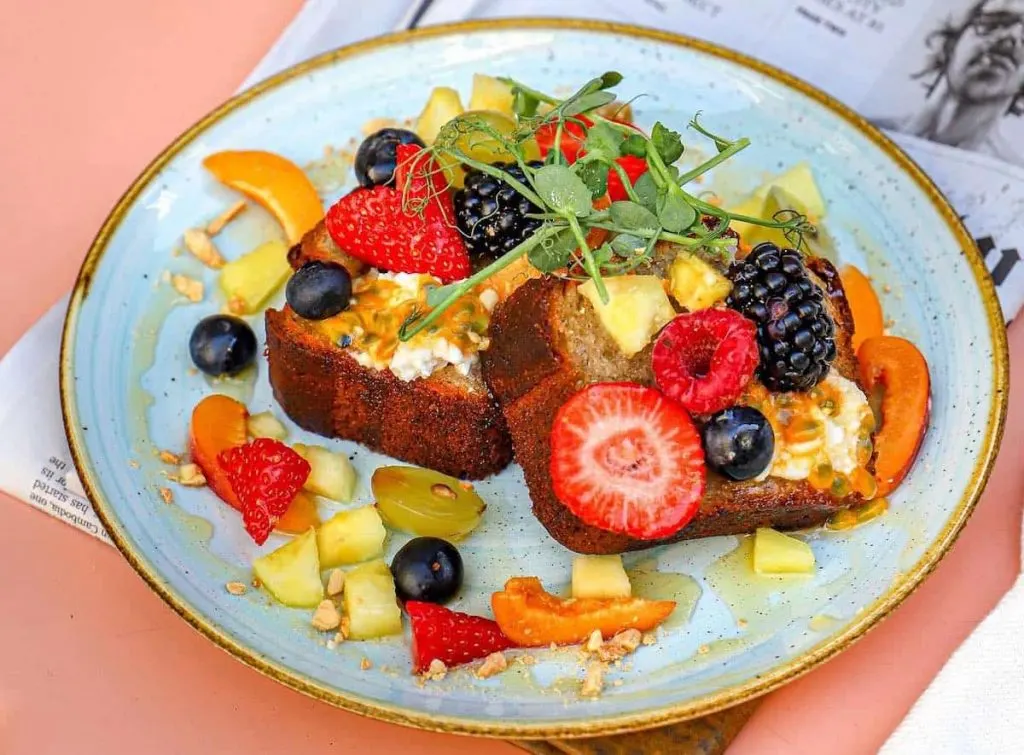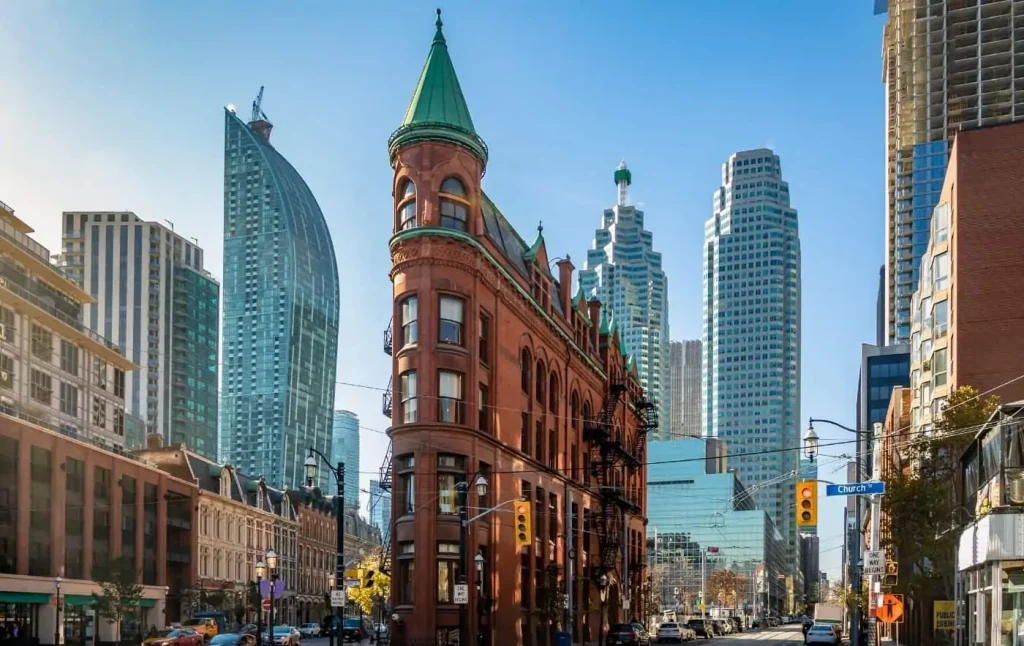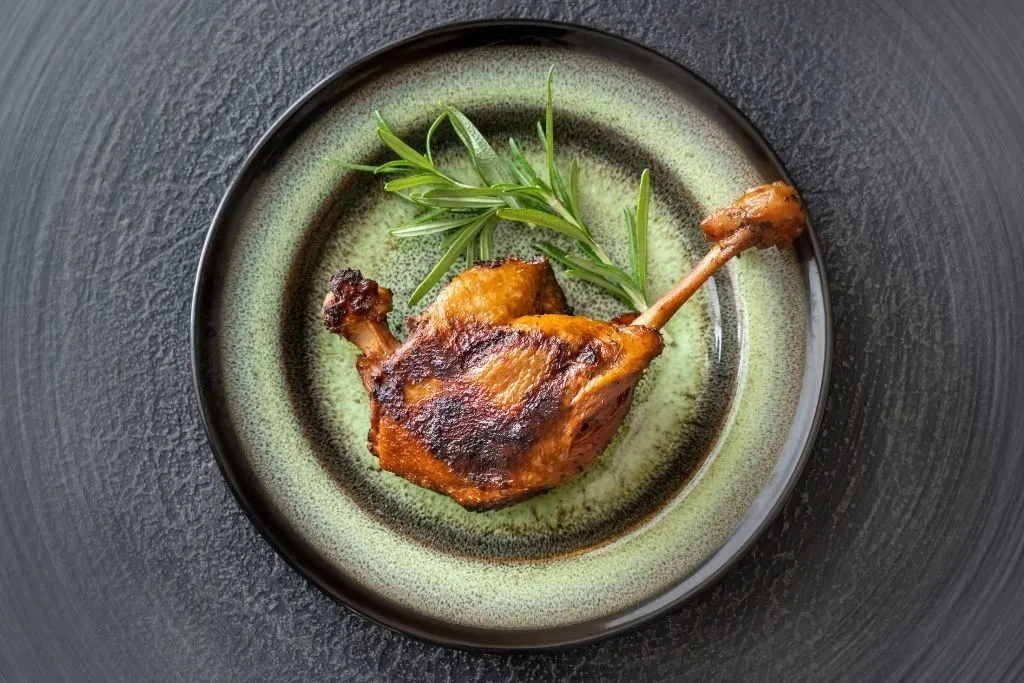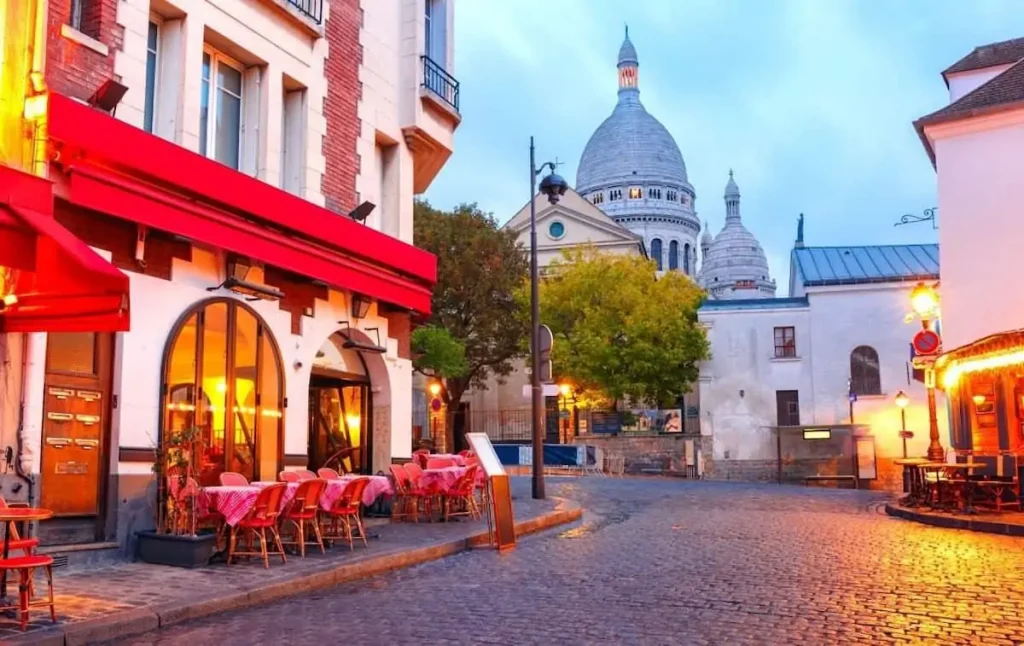
Welcome To Girl With The Passport
Hi! My name is Kelly! I am a sassy, classy, and a slightly (ever so slightly) badassy, 30+ year local New Yorker who has been an avid solo traveler for well over fifteen years (so yeah, before it was cool).
Throughout that time, I’ve lived all across the world and want to share my 15+ years of travel experience with you. This way, you don’t make all the same stupid mistakes that I did. And trust me, there were, and still are, a lot of them.
And when I’m not out gallivanting across the world or prancing around with some guac in my unicorn onesie (yes, I really do have one), I’m home in NYC.
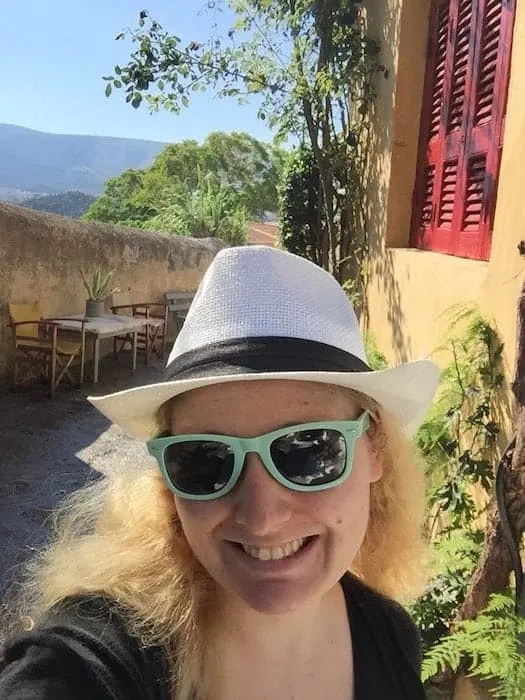
You’ll find me not-so-quietly exploring every inch of this city possible so that I give you the absolute BEST NYC travel tips possible.
Because guess what? I love my hometown and want to share that passion with you by helping you travel smarter – and for a whole lot less money – in the city that never sleeps.
In this way, my amazing assortment of completely free resources will help you stress less and enjoy your trip a whole lot more.
Oh, and if you need anything else or just want to become hardcore travel besties, then definitely join my Facebook group. I’m there all the time and love to get to know all of my amazing followers travel New York better.
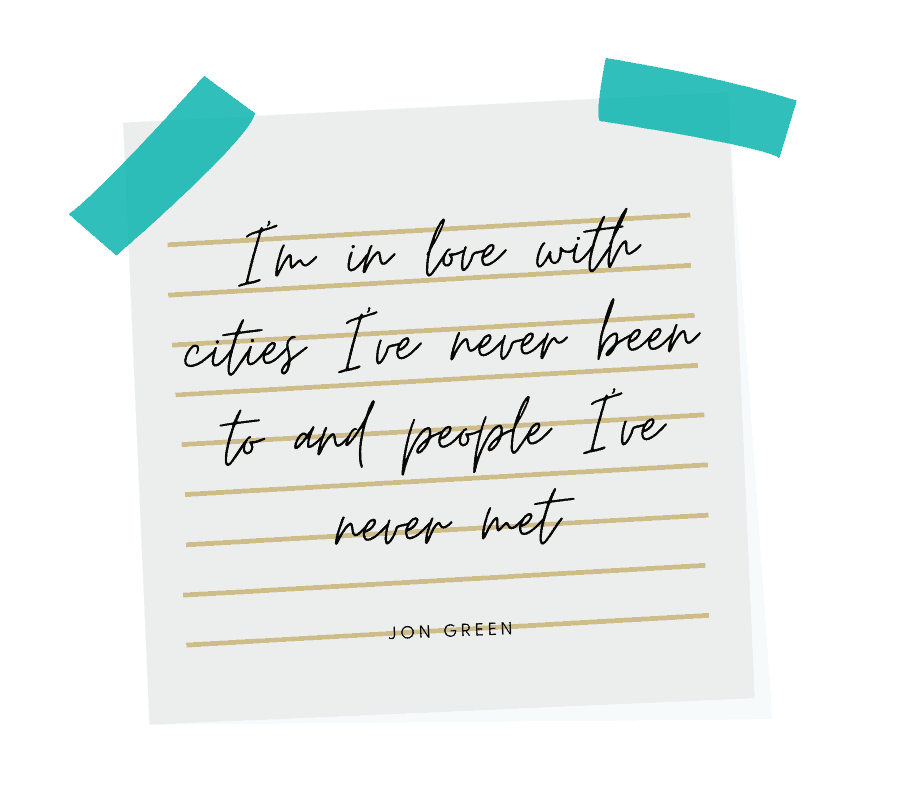
If I Can Do It, YOU CAN TOO
Trust me, I am just a regular, New York City girl, trying to travel the world one day at a time. and trust me, if I can do it, then you can do it too.
On my blog, you’ll find hopefully hilarious. practical, down-to-earth tips for solo female travelers on any budget.
I want to help you discover europe, New York City, and beyond, without making all the same disastrous travel mistakes that I have.
I love to travel beyond the typical and often find myself in unique and totally weird places, meeting insanely interesting people. I want to inform you but also make you crack up and all the insane situations that I find myself in.
Because you know what? Part of travel is learning to have fun even though you are making a ton of mistakes along the way!
So if you find me mildly interesting, then feel free to anonymously stalk me on social media! I don’t mind!
You can also low-key stalk me on Pinterest, Twitter, Facebook, and Instagram before subscribing to my weekly newsletter for insider travel tips and amazing NYC travel resources that you definitely won’t find anywhere else.
So, if you’ve got travel questions then your girl over here at Girl with the Passport has definitely got an answer for you! And if you want to work with me, then don’t hesitate to reach out too!
